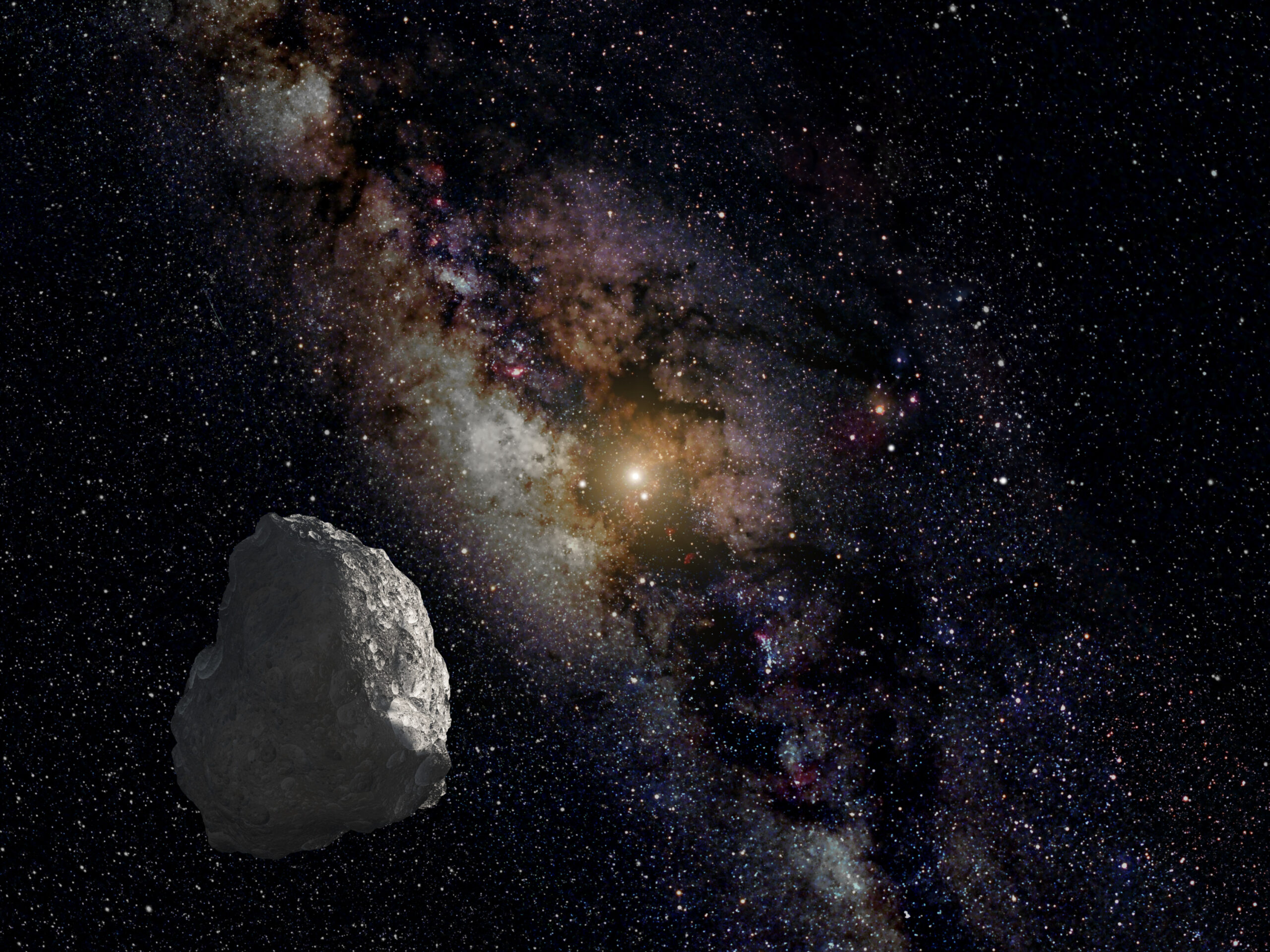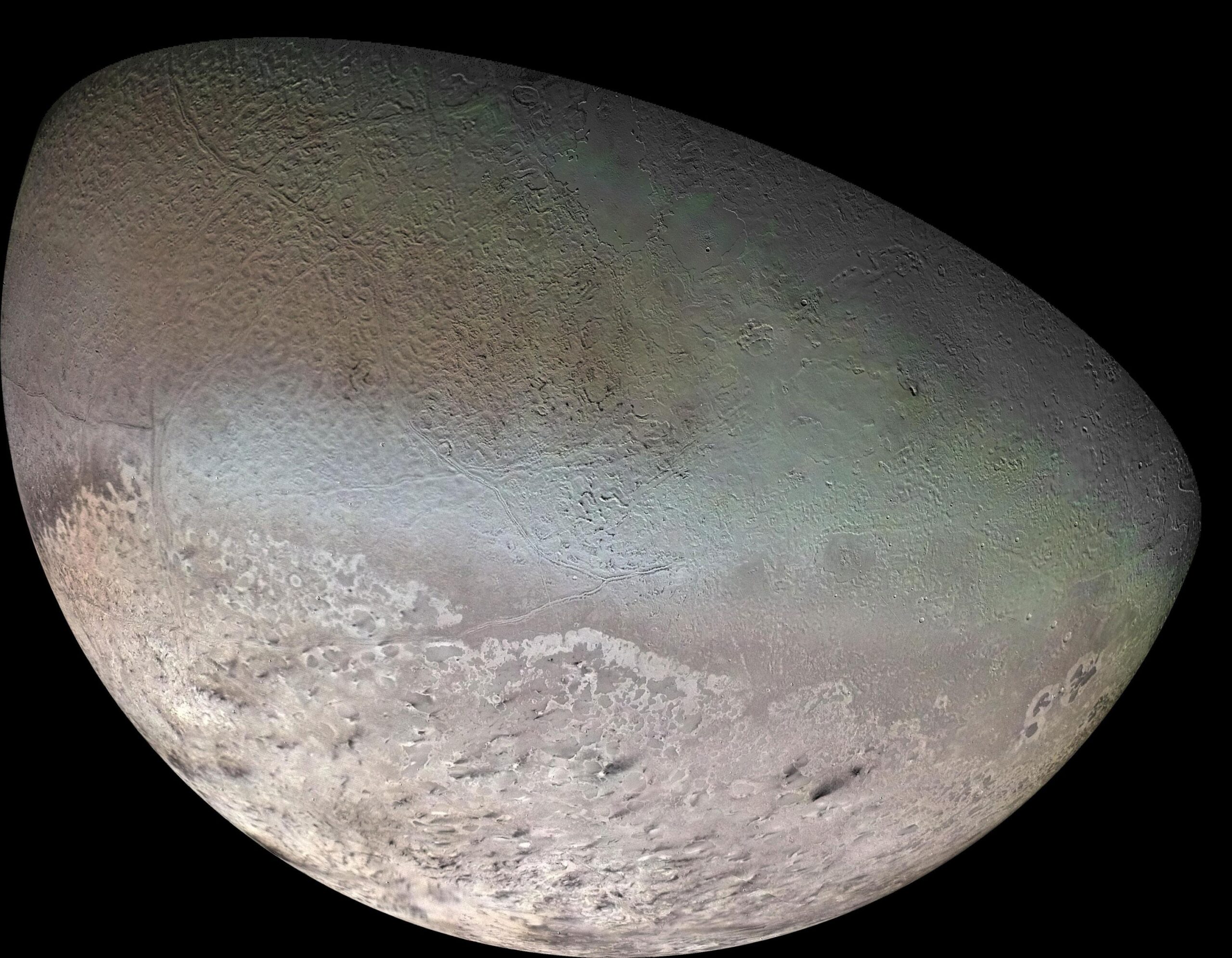La Nube di Oort… e le sue “magie”

There where magic is born-we go inside the Oort Cloud
Articoli didattici a vari livelli su argomenti astronomici

There where magic is born-we go inside the Oort Cloud

The Kuiper Belt is a region of leftovers from the solar system’s early history.

A comparison between a beautiful, ancient photographic image of the Pleiades and one taken by modern means, useful for understanding thea skill of early astronomers who were involved in astronomical photography.

Discovered in 1930, Pluto is a complex and mysterious world with mountains, valleys, plains, craters, and maybe glaciers.

Triton is the largest of Neptune’s 13 moons. It is unusual because it is the only large moon in our solar system that orbits in the opposite direction of its planet’s rotation, a retrograde orbit.

Dark, cold, and whipped by supersonic winds, ice giant Neptune is the eighth and most distant planet in our solar system.

Uranus is the seventh planet from the Sun, and has the third-largest diameter in our solar system.

Saturn’s icy, oceanic moons in our Solar System.

Saturn’s largest moon, Titan, is an icy world whose surface is completely obscured by a golden hazy atmosphere.

Adorned with a dazzling, complex system of icy rings, Saturn is unique in our solar system.